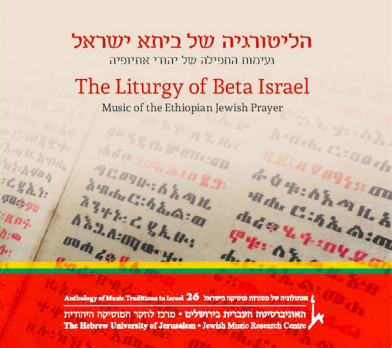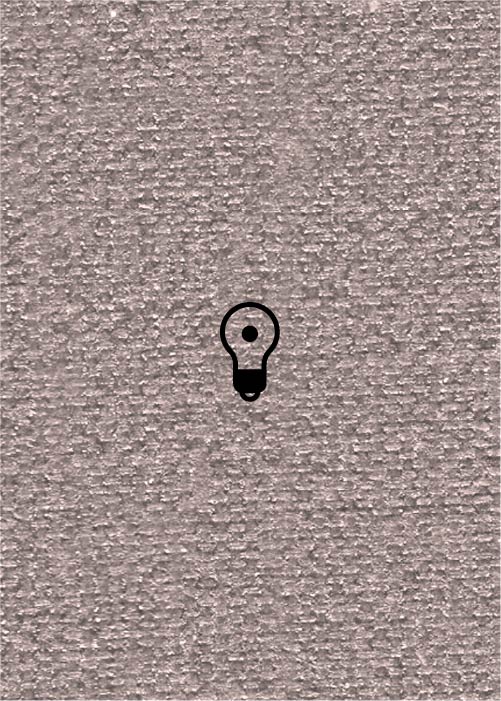Liturgical Innovation in a Nation-State:
The Music of the “Prayer for the Well-being of the State of Israel”
With the foundation of the State of Israel in 1948, the ancient prayers that Jews recited for the well-being of the government under whose rule they dwelled had to be reconsidered. Of these prayers, the one which opens with the words “He who gives salvation to kings” (Hanoten teshu’a) compiled in the late Middle Ages was the most widespread. They have a long pedigree going back to the prophet Jeremiah (29, 4-7): “This is what the Lord Almighty, the God of Israel, says to all those I carried into exile from Jerusalem to Babylon... Also, seek the peace and prosperity of the city to which I have carried you into exile. Pray to the Lord for it, because if it prospers, you too will prosper.” The Jewish Oral Law, the Mishnah, carried on the same idea: “Rabbi Chanina, deputy to the kohanim, would say: Pray for the integrity of the government; for were it not for the fear of its authority, a man would swallow his neighbor alive.“ (Avot 3,2)
Immediately after the establishment of the State of Israel, the “Prayer for the Well-being of the State of Israel” was composed and it is said in synagogues in Israel and abroad on Sabbaths, holidays, Independence Day and Jerusalem Day in lieu of the old prayer for the well-being of the government.
The new prayer is substantially different than its diasporic predecessor and was printed for the first time in the daily newspaper Haaretz on September 21, 1948. It was composed by Chief Rabbis Itzhak Herzog and Ben Zion Uziel, and amended by the Hebrew writer and Nobel Prize laureate Sh.Y. Agnon. Stylistically the prayer consists of two distinct sections. The first section includes poetic devices that are rare in the traditional Hebrew prayers of antiquity, such as a large number of first-person addresses to God: “bless,” “defend,” “send,” “strengthen.” On the other hand, the second section heavily relies on the Bible. From a literary standpoint, the first part is more lyrical and includes parallel verses while the second part tends more to prose.
For more detailed information on the historical development of Hebrew prayers for the government and the authorship of the “Prayer for the Well-being of the Stated of Israel,” see the excellent article by Rabbi Prof. David Golinkin HERE
The music of the “Prayer for the Well-being of the State of Israel”
The new prayer posed a dilemma for synagogue cantors regarding its musical performance. Since the Eastern Ashkenazi cantorial tradition was the one adopted as the official basis for the performance of prayers in state events, a “nusach” (melodic formula) was designed for the new prayer on the basis of a sui generis combination of Ashkenazi musical patterns that has no precise parallel in the traditional repertoire. Since no official musical version was ever sanctioned, an oral tradition developed with several variants on the basis of the earliest performances.
The PDF file below is a transcription of a recording of the “Prayer for the Well-being of the State of Israel” heard on “Kol Israel” (Israel Radio) on Independence Day of 1950 at the Yeshurun Synagogue in downtown Jerusalem, a sanctuary where many state events of religious nature took place in the early years of the State of Israel. Present on that occasion were the President of the State, Itzhak Ben Zvi, Prime Minister David Ben Gurion, the Chief Rabbis Herzog and Uziel, and many other authorities of the young state. Performing was Hazzan Israel Maysles, the cantor of the Yeshurun Synagogue at the time. The sound file includes a later performance of the same prayer by Cantor Maysles and one can already detect some changes between it and the transcription of the 1950 performance.
The musical form of the prayer reflects its two distinct literary sections. The first part is an incisive recitative full of dramatic expression. It emphasizes the interval of the major third C-E appearing at the opening and repeating throughout the first section. This part is also characterized by dotted rhythmic figures. Also the leap of a fourth upwards is noticeable in words such as “barekh” (bless), “chazek” (strengthen) and “hankhilem” (bless them). The second section, in contrast, uses the minor third (the modulation to minor is already heralded towards the end of the first section), a melodic motif of supplication. The mood of the music in this part is slower and more solemn, especially in its opening words “And our brothers [scattered] in all countries of the world,” which are a plea for the reunification of all the Jewish people.





